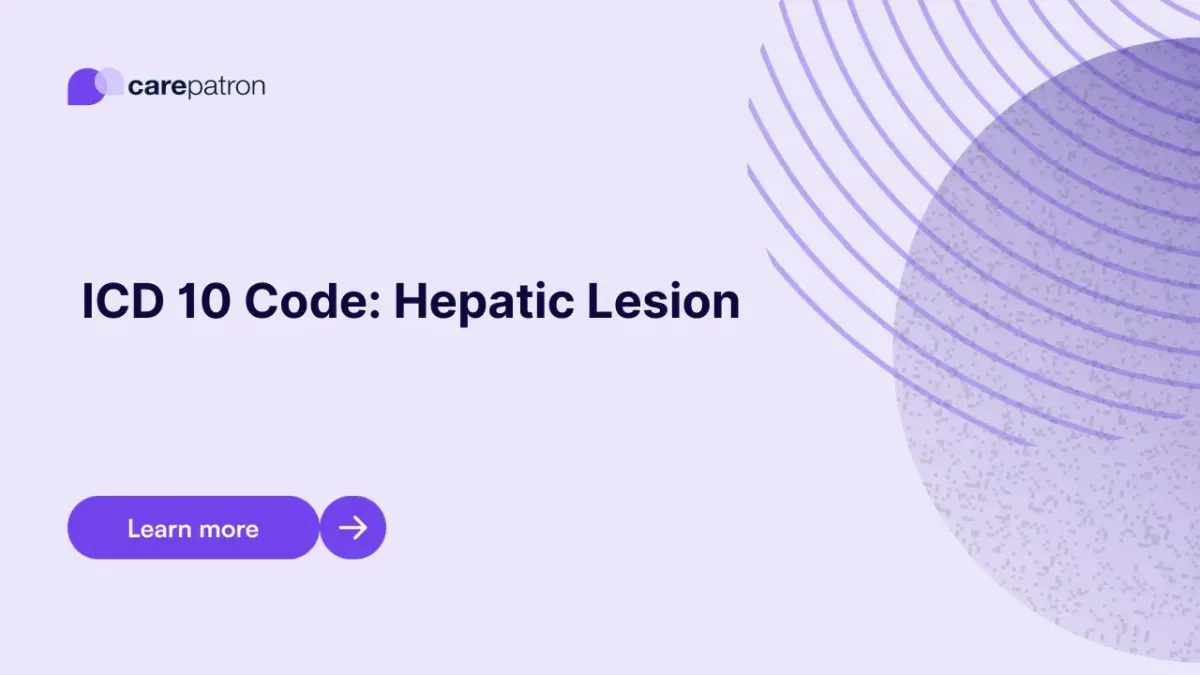
Hepatic Lesion
Read our guide about Hepatic Lesions, their clinical symptoms, and treatment options. Gain insights to support accurate diagnosis and patient care decisions.
Use Code
Commonly asked questions
Use the Hepatic Lesion ICD-10 code when a patient presents with a liver lesion that has been identified through imaging or clinical evaluation and does not fall under a more specific category. This code is appropriate when documenting liver abnormalities such as nodules, cysts, or tumors that are not clearly benign or malignant.
Yes, the ICD-10 code K76.89 for Hepatic Lesion is billable. It can be used for insurance claims, diagnosis reporting, and clinical documentation when the liver lesion is specified but not otherwise classified.
Treatment depends on the type of lesion—benign lesions may only require monitoring, while malignant lesions often involve surgery, chemotherapy, or liver transplantation. Infections or abscesses are typically treated with antibiotics and drainage, and vascular or cystic lesions may require intervention if symptomatic.
EHR and practice management software
Get started for free
*No credit card required
Free
$0/usd
Unlimited clients
Telehealth
1GB of storage
Client portal text
Automated billing and online payments
